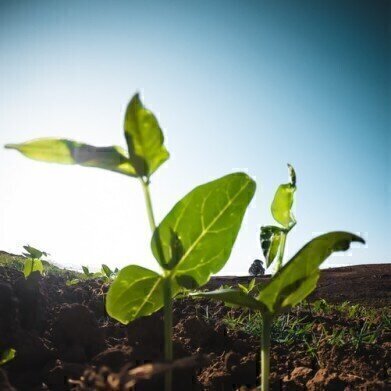GC-MS
Cleaning Up Contaminated Soil with the Help of Chromatography
Oct 24 2019
Cleaning up the environment is a major problem in many areas of the world. Air, water and land pollution exert an appalling toll on the health of the planet and its inhabitants - human, animal and plant. Contamination also exerts an economic cost - both in the cost of cleaning up and because the contamination stops the area from being used productively.
The Lancet - one of the most prestigious medical journals in the World - reported on pollution and health and stated that almost 9 million premature deaths could be caused by pollution. This equates to 16% of deaths worldwide - and in some counties, pollution related disease is responsible for more than one in four deaths.
Soil is a wonderous stuff
Soil pollution can be a problem. The use of pesticides and fertilizers can alter the structure and balance of nutrients in a soil making it unsuitable for growing crops and poisonous to the local wildlife. Soil is comprised of all three basic phases - solid, liquid and gas. And all three phases are important to allow seeds to germinate, plants to grow and to allow animals and microorganisms to live in the soil.
Soil is a biologically active mixture of organic matter, minerals, water and air in varying amounts. The vast majority of the food we eat is obtained from soil. But unfortunately, our soils are often contaminated by man-made chemicals such as pesticides or contamination from industrial processes. Cleaning up soil can be an expensive and environmentally challenging task. Which is why researchers are interested in letting plants do the work.
Phytoremediation - cleaning up our dirt
There is a whole science set up to use plants to help solve environmental problems - many of them caused by man. One area where plants are used to solve environmental problems is known as phytoremediation - using plants to absorb pollutants from soil or water. The pollutants treated by phytoremediation can range from heavy metals to organic pollutants like oils - and compared to other methods of remediation, phytoremediation can work out to inexpensive.
Not all plant species can be used to clean up pollutants. A recent poster published online describes how vetiver grass could be used to clean up some of the toxic chemicals found in crude oil, polycyclic aromatic hydrocarbons (PAHs). The work focussed on the 16 PAHs listed as priority pollutants in the US by the US Environmental Protection Agency. The team used vetiver grass, a certain fertilizer and bio surfactants to absorb PAHs from soil.
They monitored the concentration of PAHs in the soil over a period of months using gas chromatography-mass spectrometry. The use of chromatography for bioanalysis is discussed in the article, With Great Power Comes Great Responsibility. The research showed a reduction in PAHs in the soil and it is hoped that the work will go on to show that the grass can break down the PAHs in the soil.
Digital Edition
Chromatography Today - Buyers' Guide 2022
October 2023
In This Edition Modern & Practical Applications - Accelerating ADC Development with Mass Spectrometry - Implementing High-Resolution Ion Mobility into Peptide Mapping Workflows Chromatogr...
View all digital editions
Events
ACS National Meeting - Fall 2024
Aug 18 2024 Denver, CO, USA
Sep 04 2024 Chiba, Tokyo, Japan
Sep 04 2024 University of Warwick, Coventry, UK
Sep 10 2024 Rockville, MD, USA
Plastics Recycling World Expo Europe
Sep 11 2024 Brussels, Belgium














